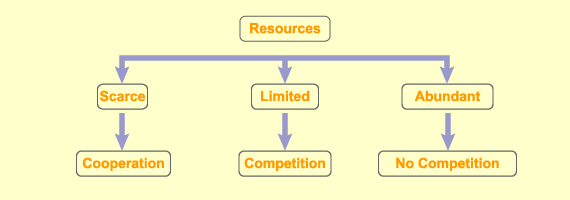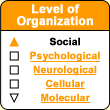|
|


The
Collective Intelligence of Human Groups
As the human species evolved, it had to struggle against adverse climatic and environmental conditions that exerted substantial selective pressures. In this struggle, the ability to help one another was especially valuable.
Even today, our friendships and our romantic, professional, and other relationships act as mutual assistance systems in which the selfish interests of the parties tend to converge or to complement one another. We live in a world of interdependence, and anything that anyone else can give us by way of information, services, or resources can help us. We therefore establish bonds that we cement through affectivity. |
|
|
Such bonds are adaptations, just as aggression is, but in a context
where we need other people. We all share our environment with other
people who, like us, are seeking resources to ensure their survival.
The distribution of these resources influences the kinds of relationships
that we establish with these other people, or, in other words,
our social organization.
Our social relations could even be described as nothing more than
a sophisticated way of acquiring resources.
For example, just as an individual’s
jaws and hands are tools that can be used to grasp food, a group
of hunters that works together to catch a large animal is in
a sense a sophisticated tool for the same purpose.
The following table shows just how much the
relative scarcity or abundance of resources determines the form
that a society takes.

In the Stone Age, when game was scarce,
our ancestors quickly learned that cooperation
and mutual assistance could increase their chances of a successful
hunt.
In contrast, in some tropical regions, resources were so abundant that societies evolved that had little
or no competition. Before contact with the West, some
islands in the South Pacific really had no such thing as private
property.
But when resources are
limited–neither
especially scarce nor especially abundant–then the likelihood
of competition becomes greater. This was
the case in the temperate regions where most of the world’s
civilizations developed.
In practice, mutual assistance and competition often co-exist
and shape our social relations simultaneously. Their relative importance
is still a subject of much debate.
One thing is certain, however: whenever there is competition for
resources, there are inevitably winners and losers. Thus, as soon
as there is competition, social
hierarchies quickly emerge.
In animals, physical attributes such as size and strength are what chiefly determine priority of access to resources.
In primates, and especially in human beings, higher rank in the social hierarchy results almost exclusively from gestures of support received in the past, and hence on social learning.
|
|
|





